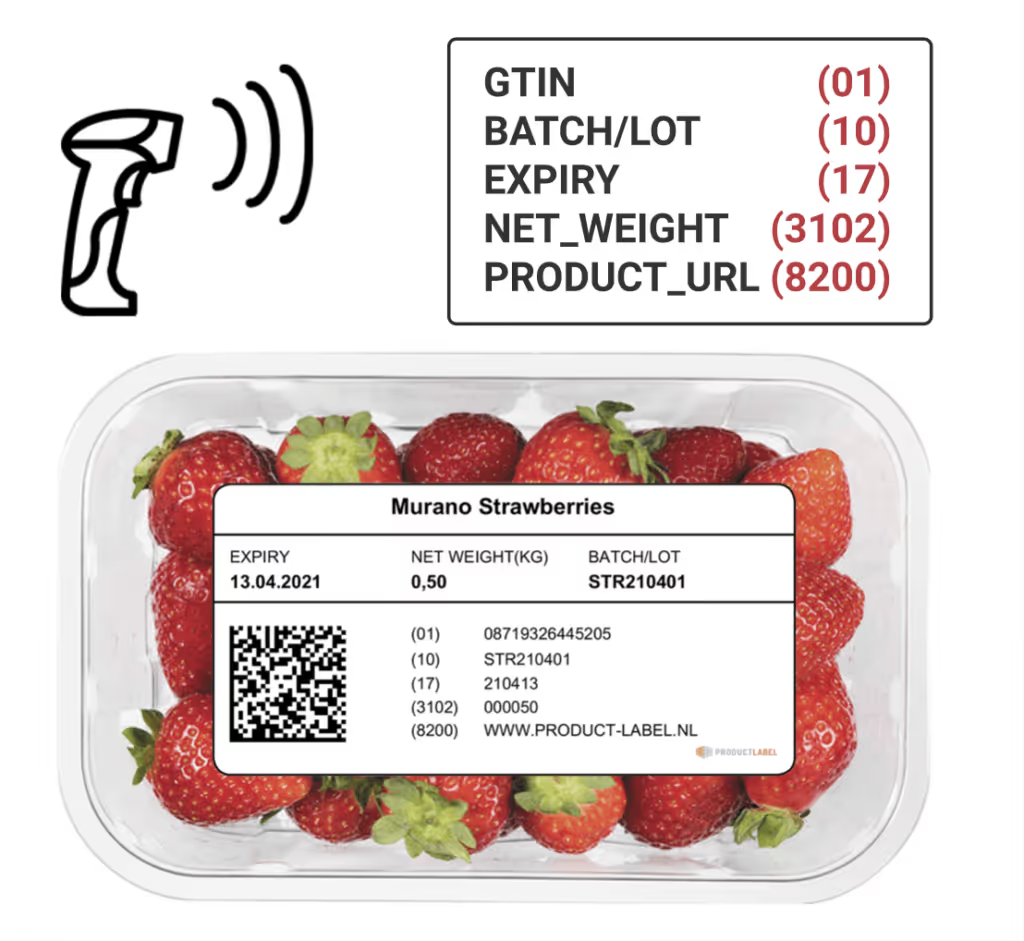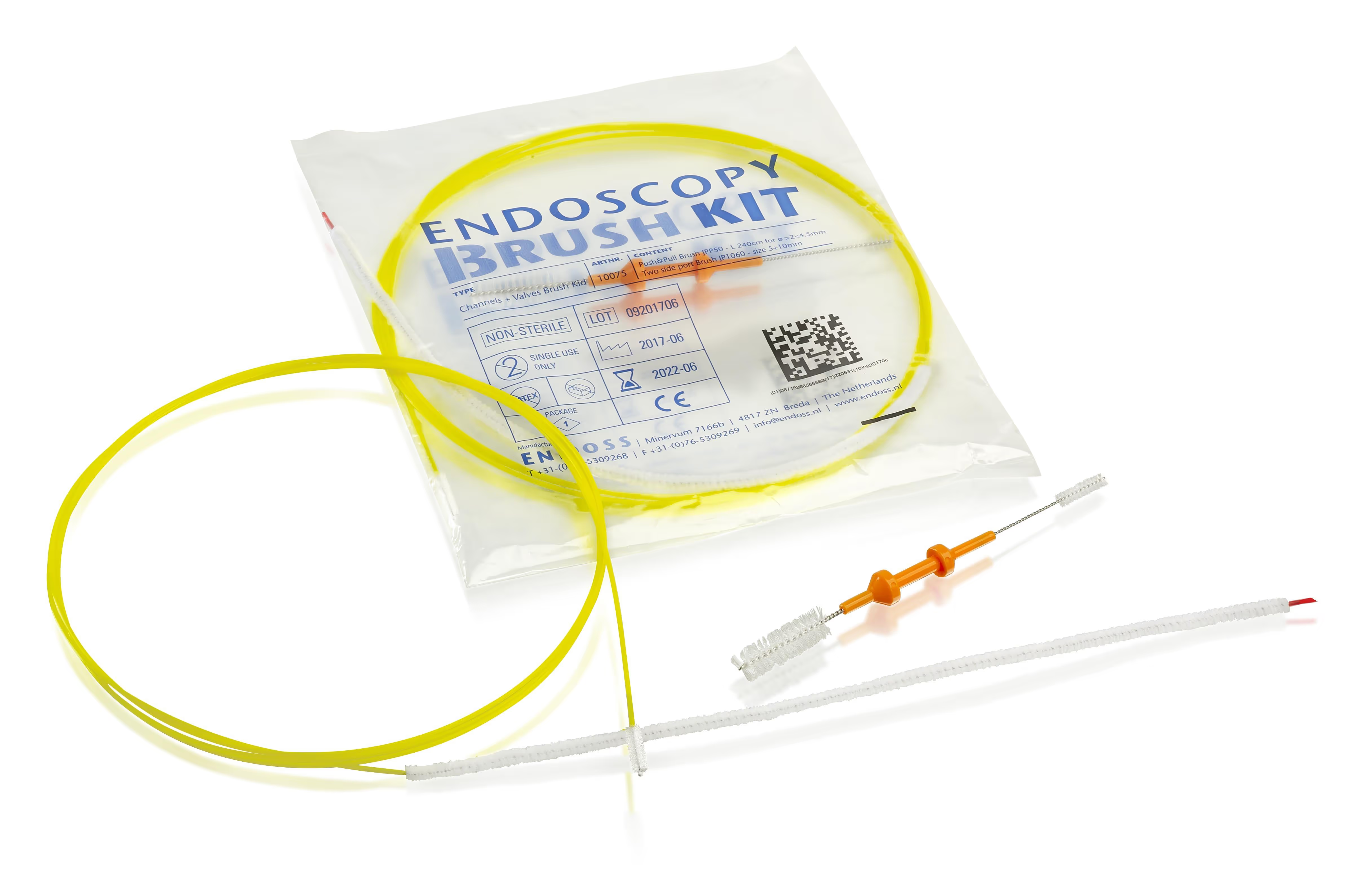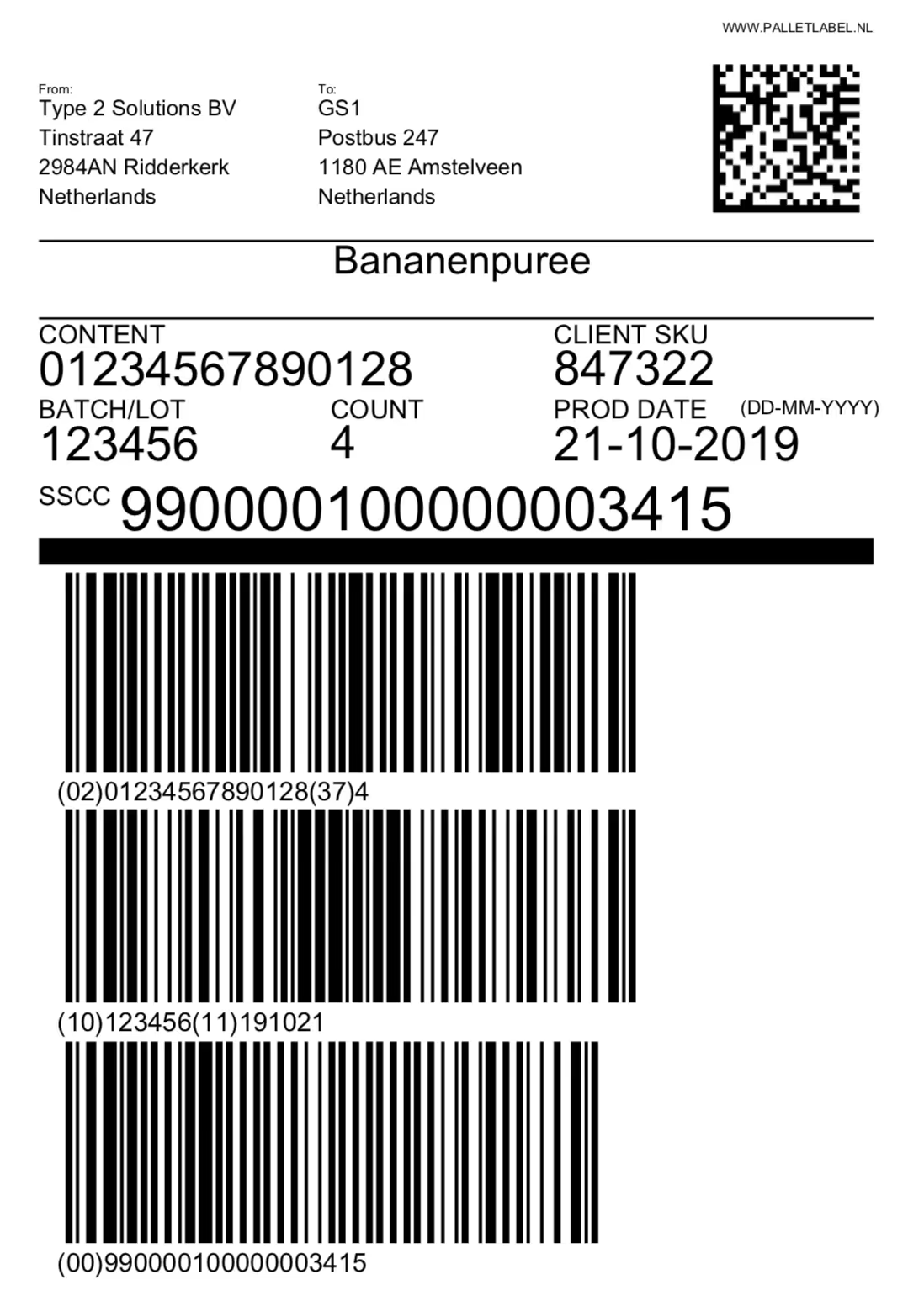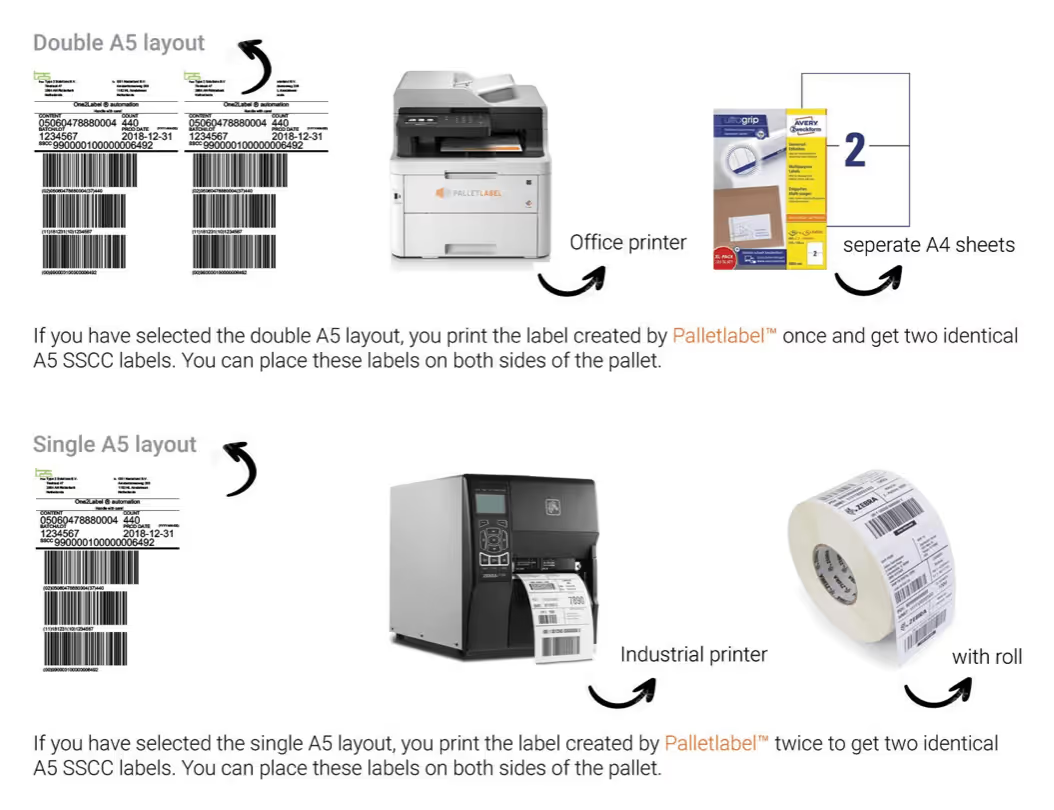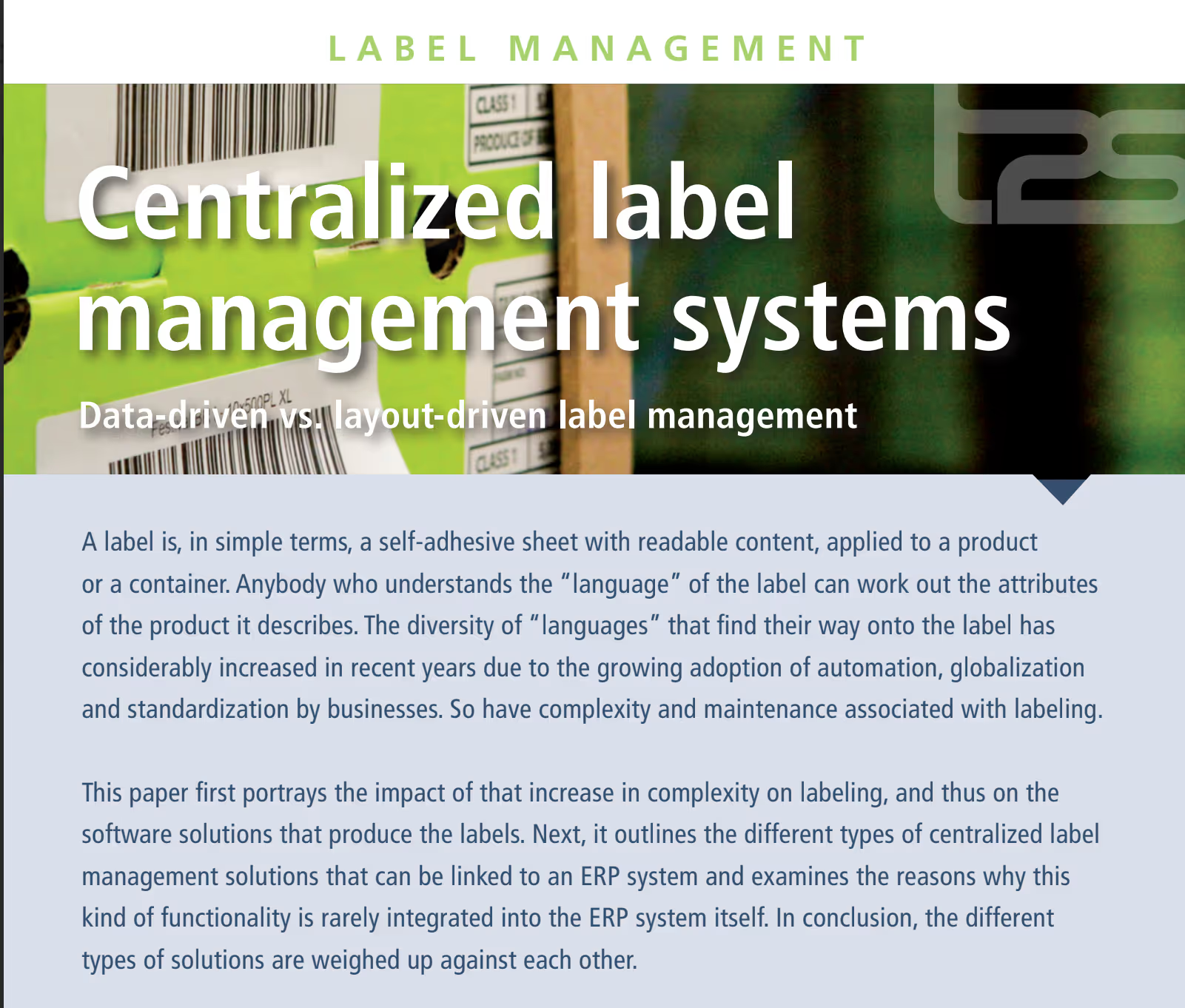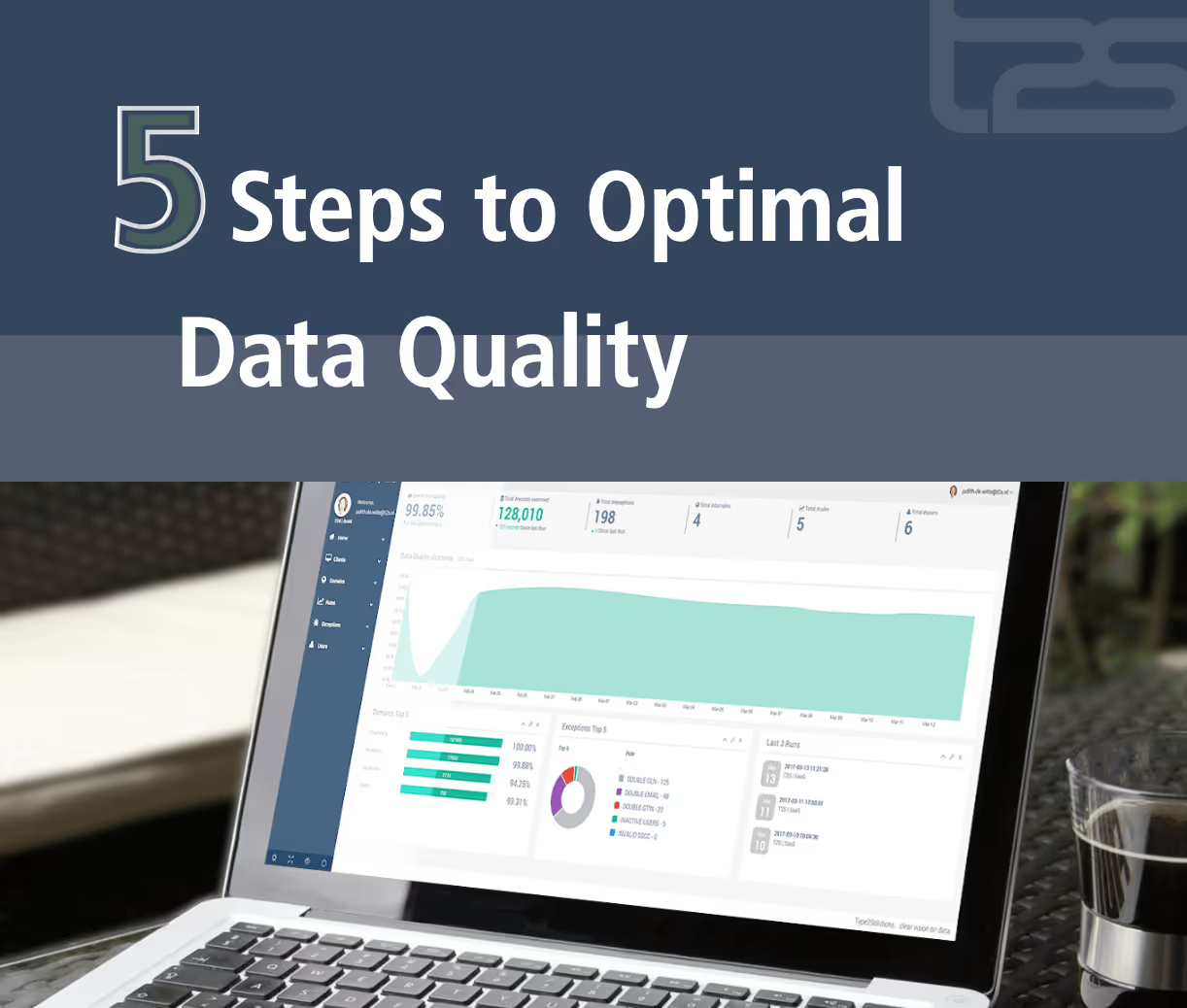Data quality management
Improve your results with data quality.
Data quality management is one of those concepts that is hard to define and hard to put into practice, let alone that it is clear how a company can best approach the optimization of data quality.
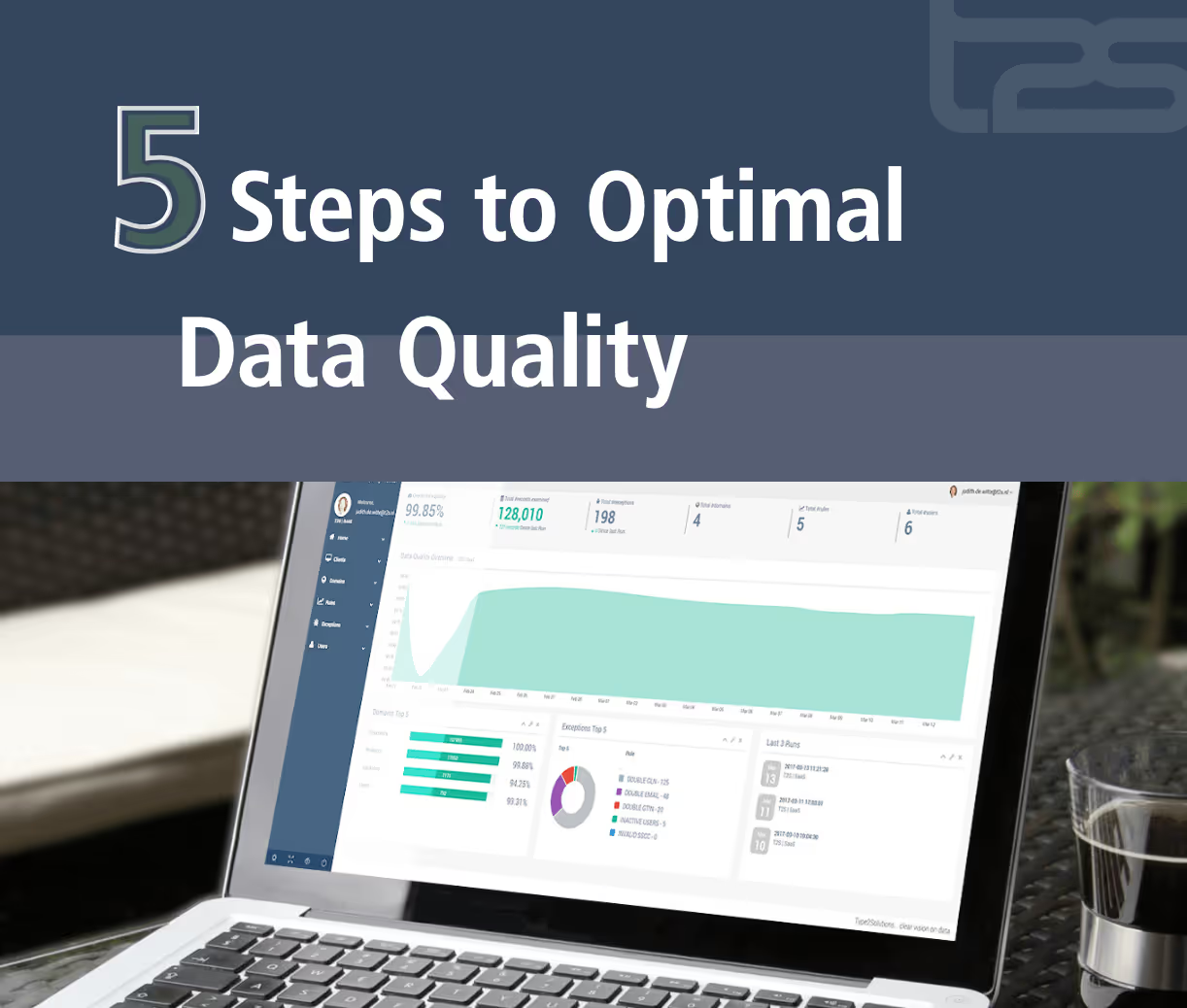
Data
Complete, correct and current data is invaluable for a streamlined operation.
Quality
Optimizing and maintaining data quality requires a good plan and discipline.
Management
Data quality gives you a strategic advantage and increases your results.
Start now
How to start? The T2S data analysts help you get started with the Data Quality Scan.

Improve your results
You are responsible for the business processes in your department. You need to know what’s going on, but you have more data than you can handle.
Until the data is clean and available, critical facts and figures stay unknown. Turning this data into information takes special care and know-how.
Improve the quality of your data to gain a strategic advantage, and maintain and extend your customer base.
Road to insight
The road to insight starts with managing the quality of your data. Don’t let low-quality data stop you from getting ahead.
T2S data analysts help you each step of the way toward crystal clarity. This clarity, in turn, will show in your results.
Discover five tips for optimizing data quality, meet our data specialists, and learn about the data quality scan.


Improve data quality
Based on our experience, we have defined the following five steps that offer practical help in improving data quality:
Step 1. Define the kind of data to be collected and the elements within that data which should be optimized.
Step 2. Define rules for each data element and automate the control mechanisms.
Step 3. Assign the responsibility for the optimization of a data entity to a single person.
Step 4. Automate data validation according to their definition, and keep the results.
Step 5. Correct exceptions and adjust their definition if necessary.
Data Quality Scan
To help you get started with these 5 steps to optimal data quality, we offer a Data Quality Scan.
During this scan, we perform an audit of a current data set.
Result
We load this data into the Data Quality Monitor. The result is data management advice, including an action plan for cleaning and managing the data.
This advice will be presented to you on-site.
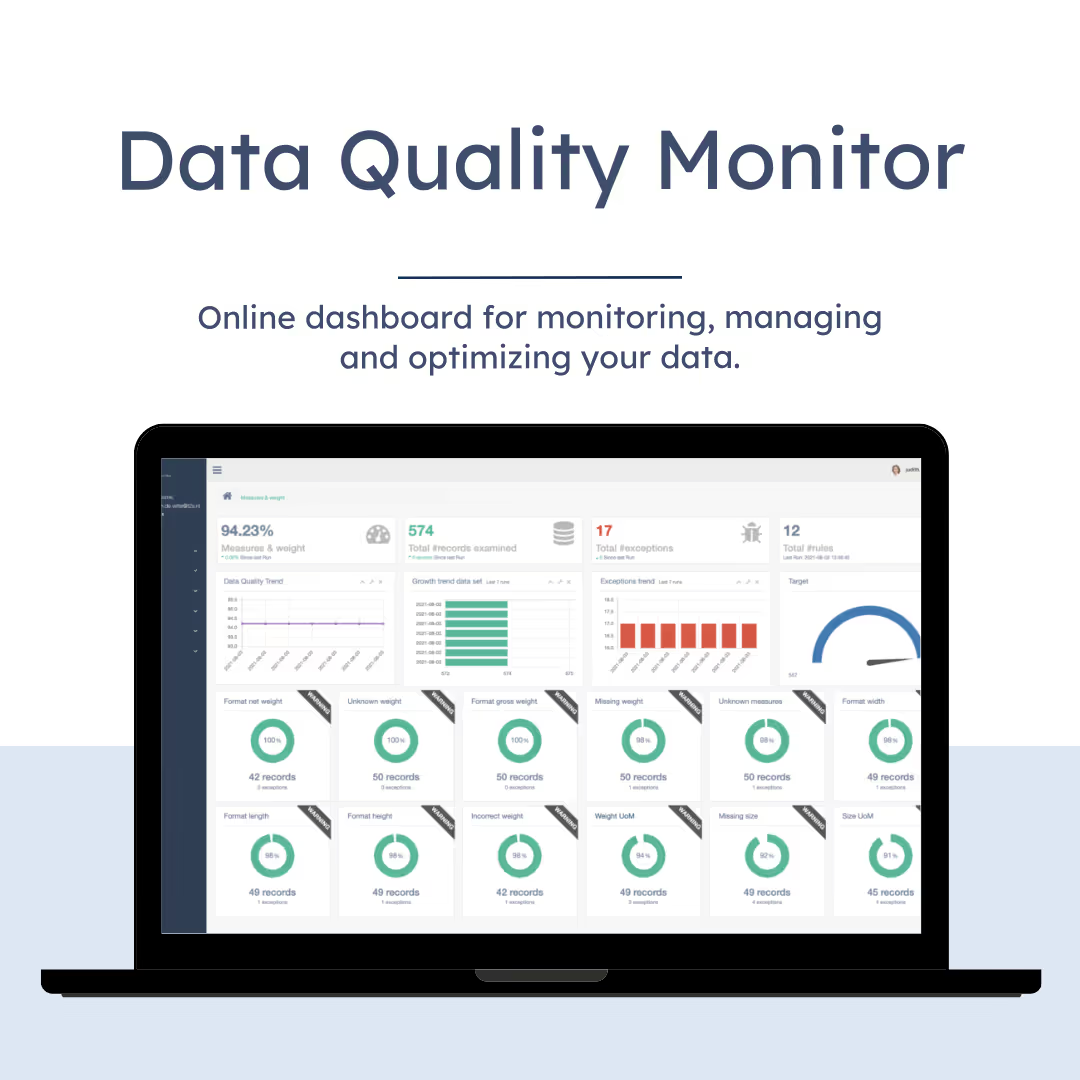
How does it work?
Our approach to help you get started with data quality management consists of the following steps.
1. Analyze
One of our T2S data specialists will look at your current IT environment in general and at bottlenecks, design, and the master data process in particular.
2. Data
We define the data set in scope, unlock the data set, together, and start analyzing the data.
3. Rules
Based on the analysis and the data definitions we implement business rules.
4. Result
Exceptions to those business rules are detected, collected, and presented to the data owner using the Data Quality Dashboard.
5. Report
Exceptions to those business rules are detected, collected, and presented to the data owner using the Data Quality Monitor.
6. Advice
In addition, we offer you a future-proof plan for cleaning up and maintaining your data quality.
Data quality management at Eichholtz
Dennis Hendriks, Director Operations at Eichholtz, shares how they started with data quality management:
“In 2019 we, as Eichholtz, started the collaboration with Type 2 Solutions. What we started with was quite simple, we’ve generated quite a lot of leads through conventions in the past 29 years. This means a large collection of data, data which is far from sanitized. It needed some doing to clean it up.”
Data cleansing
“That’s where Type 2 Solutions provided the answer, by, initially looking broadly at the data and identifying where the mistakes are, removing those mistakes, and enabling us to continue with a clean database. The next step was our switch to a new ERP, which resulted in a clean-up of about 30.000 records.”
Meet our experts
The T2S data specialists have extensive experience with data migrations and data integrations in various sectors, such as the financial sector, government, energy & multimedia, construction, healthcare, food and chemical industry.














Insight into your data quality.
Are you interested in the data quality scan for your organization? Please leave your details and we will contact you as soon as possible.
Frequently Asked Questions
What is data quality?
Data quality is the extent to which data is suitable for its intended use and purpose. Depending on your business operations and the purpose, you set requirements for the data.
What is the importance of data quality?
Complete, accurate, actionable, and current data are invaluable to your organization. Only then will you be able to act decisively and successfully. Nevertheless, there is a lot of uncertainty about managing data quality, let alone how best to approach optimizing data quality. A one-time fix for a specific customer or vendor, implementing a new IT system or setting up a data warehouse is not enough. Invest as an organization in a long-term solution.
What is data quality management?
Data quality management is an administrative task that incorporates policies, responsibilities, and processes with regard to the acquisition, maintenance, disposition, and distribution of data. Agreements have also been made in this process about the deletion of data.
What is the biggest pitfall?
The optimization and above all the preservation of data quality requires discipline and planning. Short data quality optimization stints are like bad diets: they do yield short-term results but end up in a yo-yo effect in the long term. View data management as a strategic advantage for your organization. Make data quality an integral part of your business operations and deploy data quality monitoring software. This means that the quality of huge amounts of data can be continuously monitored, and the data manager immediately receives a signal if there are exceptions. By using this process, the data quality and the data quality optimization process are continuously improved.
Why is data quality optimization a continuous process?
If you optimize once, you will be back at the same level as before or worse in no time! Data is constantly changing, and it is important to always check the quality and make corrections if necessary. In that sense, it’s like keeping up with woodwork outside. Regular inspections and periodic maintenance give the facade a more attractive appearance. In addition, you increase its lifespan. While at the same time preventing unpleasant consequences, such as wood rot and raining in, which can arise due to poor maintenance.




































.svg)





















